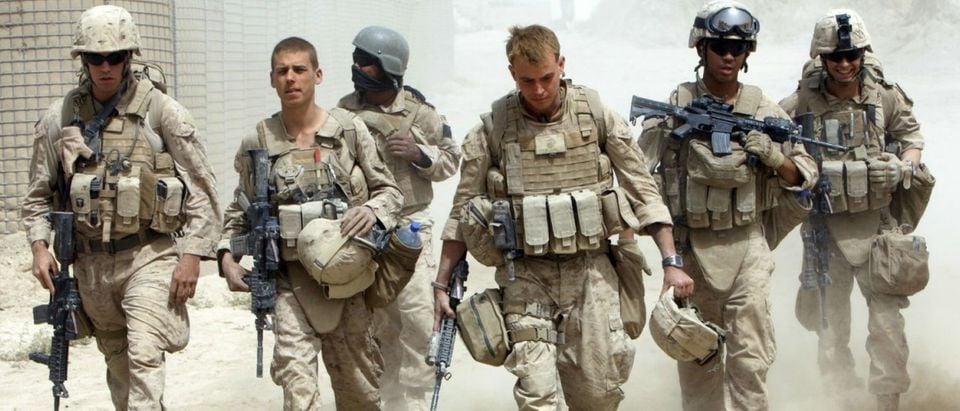U.S. military commanders have made a complete about-face in the span of just a few months. Instead of withdrawing troops, these commanders are starting to plan for U.S. forces to remain in Afghanistan for decades.
The resurgence of al-Qaida and the Taliban in the region caught military planners by surprise, and the recent addition of the Afghanistan affiliate of the Islamic State has only compounded the problem. Afghanistan is manifestly incapable of handling the continued onslaught of insurgent groups on its own, The Washington Post reports.
The Taliban has seized large parts of territory. Helmand Province, where U.S. forces saw the greatest personnel losses before winning it back in 2012, is now in danger of being overrun. The Afghan military is tired and battered. Desertion rates are high.
U.S. forces stumbled upon the largest al-Qaida training camp in Kandahar Province ever seen since the Afghan war began 14 years ago. The camp was only destroyed after a concerted fight and support from 200 U.S. special forces operators in November. At this point, there are 9,800 U.S. troops in Afghanistan. President Barack Obama plans for at least 5,500 troops to stay in the country after January 2017, which is a marked shift in his former strategy of pulling forces out.
“No matter what happens in the next couple of years Afghanistan is going to have wide ungoverned spaces that violent extremist organizations can take advantage of,” Army Brig Gen. Wilson Shoffner told The Washington Post. “The camp that developed in southeastern Kandahar is an example of what can happen.”
Military officials seem to be coming to the conclusion that supporting the Afghan military and police will take decades of commitment and training in intelligence, logistics and operations.
“What we’ve learned is that you can’t really leave,” a senior Pentagon official told The Washington Post. “The local forces … are not going to be ready in three years or five years. You have to be there for a very long time.”
The U.S. military is trying not to make the same mistake it made in Iraq. Back in 2011, the Iraqi military crumbled just three years after U.S. forces pulled out of the area. The new model for Afghanistan may look something like the model employed in South Korea, where thousands of U.S. troops stayed for decades. Unfortunately, unlike South Korea, Afghanistan is a volatile and dangerous region, which makes garnering public support for the effort that much more precarious.
The South Korea model has its critics. Jeff Eggers, a former Obama administration official in the White House, told The Washington Post that peace talks with the Taliban could negate the need for long-term troop presence in the country.
Follow Jonah Bennett on Twitter
Send tips to jonah@dailycallernewsfoundation.org.
All content created by the Daily Caller News Foundation, an independent and nonpartisan newswire service, is available without charge to any legitimate news publisher that can provide a large audience. All republished articles must include our logo, our reporter’s byline and their DCNF affiliation. For any questions about our guidelines or partnering with us, please contact licensing@dailycallernewsfoundation.org.


